Chalk paint has become a popular choice for giving furniture a vintage, shabby-chic look. However, once you've put in the time and effort to paint your kitchen table with chalk paint, you may be wondering: is wax enough to protect it? Let's explore the pros and cons of waxing chalk paint and whether it truly provides enough protection for your furniture.Waxing Chalk Paint: Pros and Cons
Waxing is one of the most common methods for protecting chalk painted furniture. It involves applying a thin layer of wax over the painted surface and buffing it to create a smooth, protective finish. Wax is a natural and non-toxic option for sealing chalk paint, making it a popular choice for those who are looking for an eco-friendly solution.How to Protect Chalk Painted Furniture with Wax
The short answer is: it depends. While wax does provide some level of protection for chalk paint, it may not be enough to withstand heavy use and daily wear and tear. Wax is primarily used as a topcoat for decorative pieces or furniture that won't see much use. If you're using chalk paint on a high traffic surface like a kitchen table, you may want to consider other options for sealing and protecting your furniture.Is Wax Enough to Protect Chalk Paint?
Polyurethane is a popular alternative to wax for sealing chalk paint. Unlike wax, it creates a hard, durable finish that can withstand heavy use. However, polyurethane is not as forgiving as wax and requires precise application. Any mistakes or blemishes will be visible, so it's important to follow the instructions carefully. Additionally, some polyurethane products may have a yellow or amber tint, which can affect the color of your chalk paint.Wax vs. Polyurethane for Chalk Paint
If you've decided to use wax to protect your chalk painted furniture, here are some tips for applying it properly: 1. Choose the right type of wax: There are two main types of wax used for sealing chalk paint: paste wax and liquid wax. Paste wax is thicker and requires more effort to apply, while liquid wax is thinner and spreads more easily. 2. Prep the surface: Before waxing, make sure the surface is clean and free of any dust or debris. You may also want to lightly sand the surface to create a better adhesion for the wax. 3. Apply the wax: Using a clean, lint-free cloth, apply a thin layer of wax in a circular motion. Make sure to cover the entire surface evenly. 4. Buff the wax: Once the wax has dried, use a clean cloth to buff the surface in a circular motion. This will create a smooth, protective finish.How to Apply Wax to Chalk Paint
Tip: To create a more durable finish, you can add a second layer of wax after the first layer has dried and been buffed. This will provide added protection for your furniture. Trick: If you want to add a little bit of shine to your furniture, you can use a furniture wax that has a higher percentage of carnauba wax, which is known for its shine.Waxing Chalk Paint: Tips and Tricks
Sealing chalk paint with wax is a simple and easy process, but it's important to follow the instructions carefully to ensure the best results. Here are the general steps for sealing chalk paint with wax: 1. Apply the first layer of wax: Using a clean cloth, apply a thin layer of wax in a circular motion, making sure to cover the entire surface. 2. Let it dry: Allow the wax to dry completely before moving on to the next step. 3. Buff the surface: Once the wax has dried, use a clean cloth to buff the surface in a circular motion. This will create a smooth, protective finish. 4. Apply a second layer of wax: For added protection, you can apply a second layer of wax and repeat the drying and buffing process.How to Seal Chalk Paint with Wax
While waxing may seem like a simple and foolproof process, there are some common mistakes that can affect the overall look and durability of your furniture. Here are a few things to avoid when waxing chalk paint: Mistake: Applying too much wax at once. This can lead to a sticky and uneven finish. Mistake: Not buffing the wax enough. If the wax is not buffed properly, it can leave a hazy or cloudy appearance on the surface. Mistake: Using a low-quality wax. Cheap waxes may not provide enough protection for your furniture and can result in a dull or uneven finish.Waxing Chalk Paint: Common Mistakes to Avoid
The terms "waxing" and "sealing" are often used interchangeably when it comes to protecting chalk paint. However, there is a slight difference between the two. Waxing involves applying a thin layer of wax over the painted surface, while sealing typically refers to any method of protecting the paint, including waxing, polyurethane, or other sealants. So, while waxing is a type of sealing, sealing is not always waxing.Waxing vs. Sealing Chalk Paint: What's the Difference?
Once you've sealed your chalk painted furniture, it's important to know how to properly maintain and clean it to ensure its longevity. Here are some tips for caring for your chalk painted furniture: 1. Avoid harsh chemicals: When cleaning your chalk painted furniture, avoid using harsh chemicals or abrasive cleaners, as they can strip away the wax and damage the paint. 2. Use a damp cloth: For day-to-day cleaning, simply use a damp cloth to wipe down the surface. You can also use mild soap and water for tougher stains. 3. Re-wax as needed: Over time, the wax on your furniture may wear off, especially in high traffic areas. If you notice this happening, simply re-wax those areas to maintain the protective finish. In conclusion, while waxing can provide some protection for chalk painted furniture, it may not be enough for high traffic surfaces. Consider the pros and cons of waxing and explore other options for sealing chalk paint to find the best solution for your specific needs. With proper application and maintenance, your chalk painted furniture can maintain its beautiful finish for years to come.How to Maintain and Clean Chalk Painted Furniture
Why Wax May Not Be Enough to Protect Your Kitchen Table with Chalk Paint

Understanding the Benefits of Chalk Paint
 Chalk paint has become increasingly popular in recent years for its ability to transform furniture and home decor with minimal effort. Its matte finish and smooth texture make it a favorite among DIY enthusiasts. However, one of the main concerns when using chalk paint is how to protect the surface from daily wear and tear. While wax is often recommended as a topcoat for chalk paint, it may not be enough to fully protect your kitchen table.
Chalk paint has become increasingly popular in recent years for its ability to transform furniture and home decor with minimal effort. Its matte finish and smooth texture make it a favorite among DIY enthusiasts. However, one of the main concerns when using chalk paint is how to protect the surface from daily wear and tear. While wax is often recommended as a topcoat for chalk paint, it may not be enough to fully protect your kitchen table.
The Limitations of Wax
 Many people assume that wax is enough to protect their chalk-painted kitchen table, but this may not always be the case. While wax can add a layer of protection, it does have its limitations. For one, wax is not as durable as other sealants and can easily wear off over time. It is also not heat resistant, which can be a major issue in a kitchen where hot dishes and pots are placed on the table.
Many people assume that wax is enough to protect their chalk-painted kitchen table, but this may not always be the case. While wax can add a layer of protection, it does have its limitations. For one, wax is not as durable as other sealants and can easily wear off over time. It is also not heat resistant, which can be a major issue in a kitchen where hot dishes and pots are placed on the table.
Exploring Alternative Sealants
 To better protect your kitchen table, it may be worth considering alternative sealants for your chalk paint. Polyurethane, for example, is a strong and durable sealant that is also heat resistant. It creates a hard, protective layer over the paint that can withstand daily use. Another option is a water-based polycrylic, which also provides a durable finish and is easy to clean. These sealants may require a bit more effort to apply, but they can offer better long-term protection for your kitchen table.
To better protect your kitchen table, it may be worth considering alternative sealants for your chalk paint. Polyurethane, for example, is a strong and durable sealant that is also heat resistant. It creates a hard, protective layer over the paint that can withstand daily use. Another option is a water-based polycrylic, which also provides a durable finish and is easy to clean. These sealants may require a bit more effort to apply, but they can offer better long-term protection for your kitchen table.
The Importance of Proper Application
 Regardless of the sealant you choose, proper application is key to ensuring the best protection for your kitchen table. This includes thoroughly cleaning and sanding the surface before painting, as well as applying multiple thin coats of sealant rather than one thick coat. It is also important to allow ample drying and curing time between coats to ensure a strong and durable finish.
In conclusion,
while wax may provide some protection for your chalk-painted kitchen table, it may not be enough to withstand daily use. Consider alternative sealants and make sure to properly apply them to ensure the best protection for your kitchen table. With the right sealant, you can enjoy the beauty of chalk paint on your kitchen table for years to come.
Regardless of the sealant you choose, proper application is key to ensuring the best protection for your kitchen table. This includes thoroughly cleaning and sanding the surface before painting, as well as applying multiple thin coats of sealant rather than one thick coat. It is also important to allow ample drying and curing time between coats to ensure a strong and durable finish.
In conclusion,
while wax may provide some protection for your chalk-painted kitchen table, it may not be enough to withstand daily use. Consider alternative sealants and make sure to properly apply them to ensure the best protection for your kitchen table. With the right sealant, you can enjoy the beauty of chalk paint on your kitchen table for years to come.
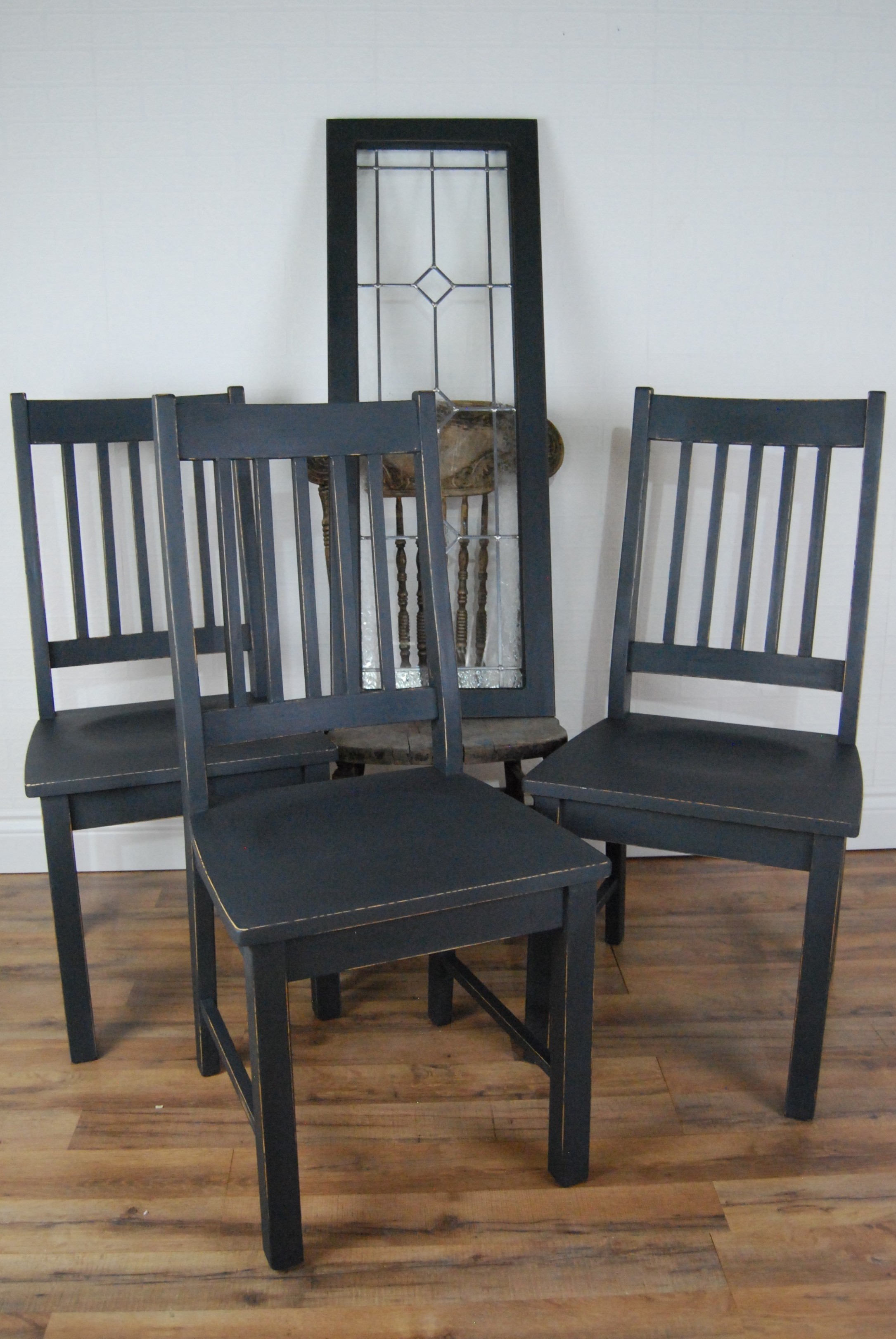











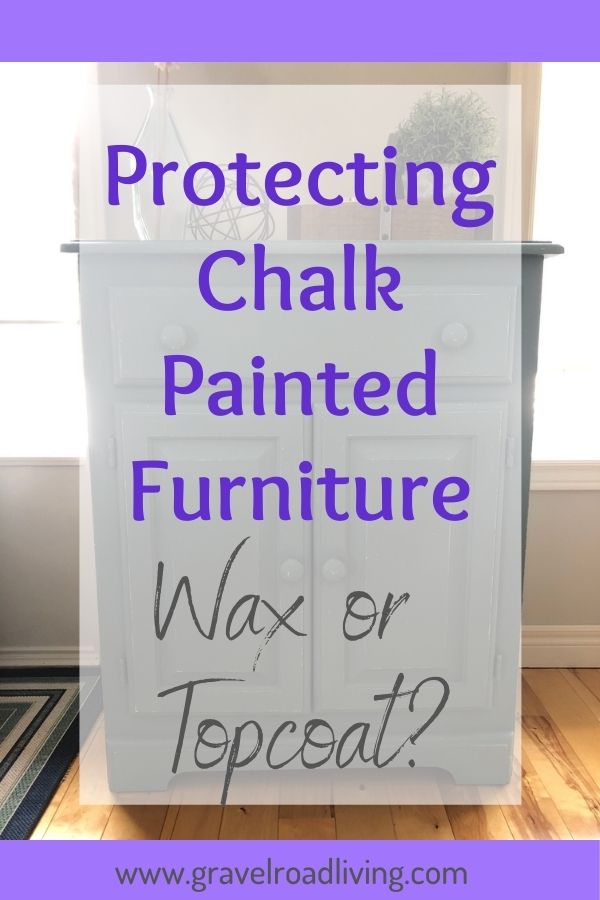






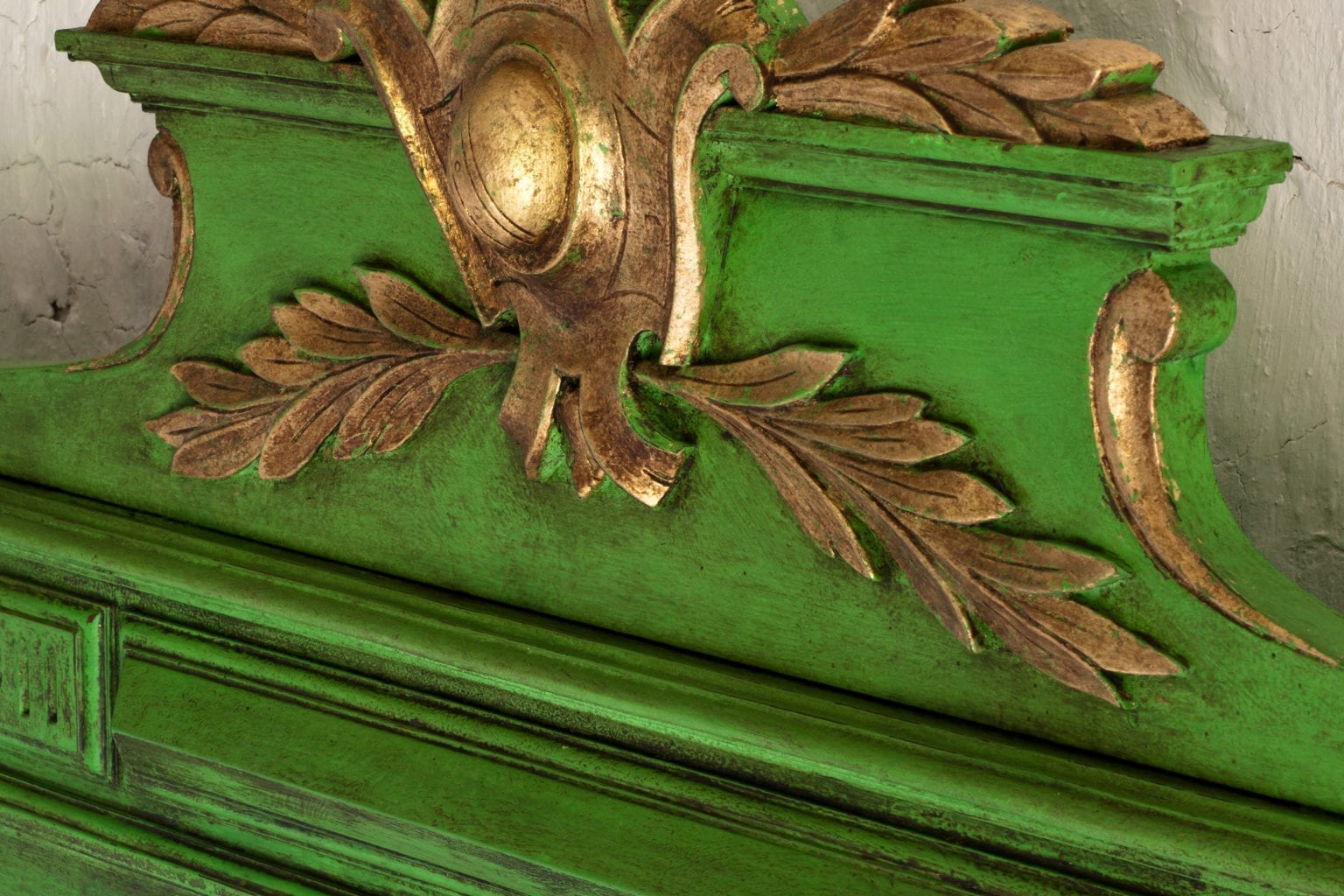



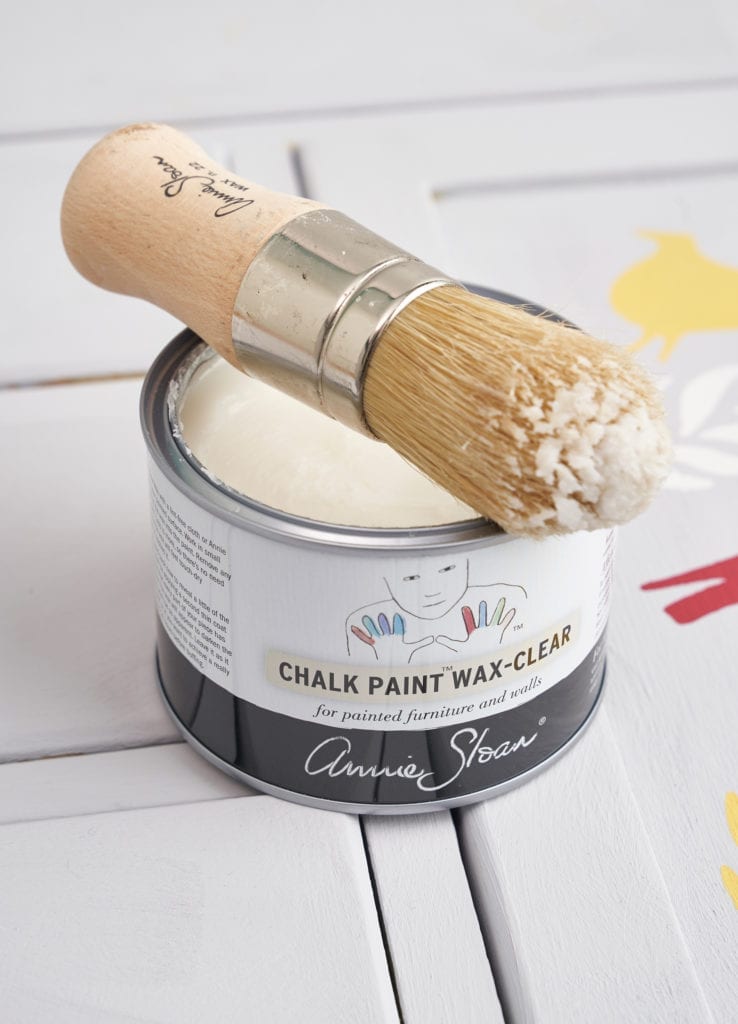
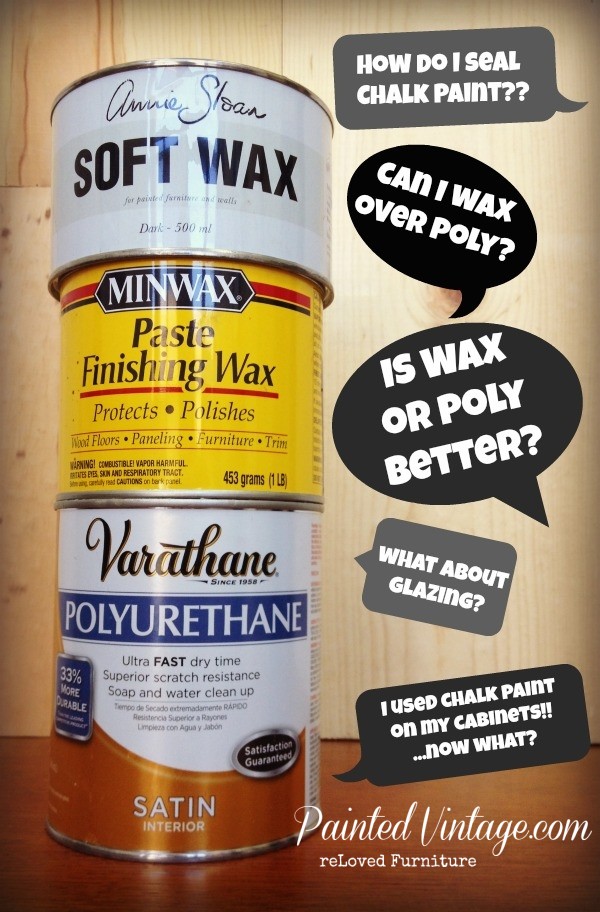


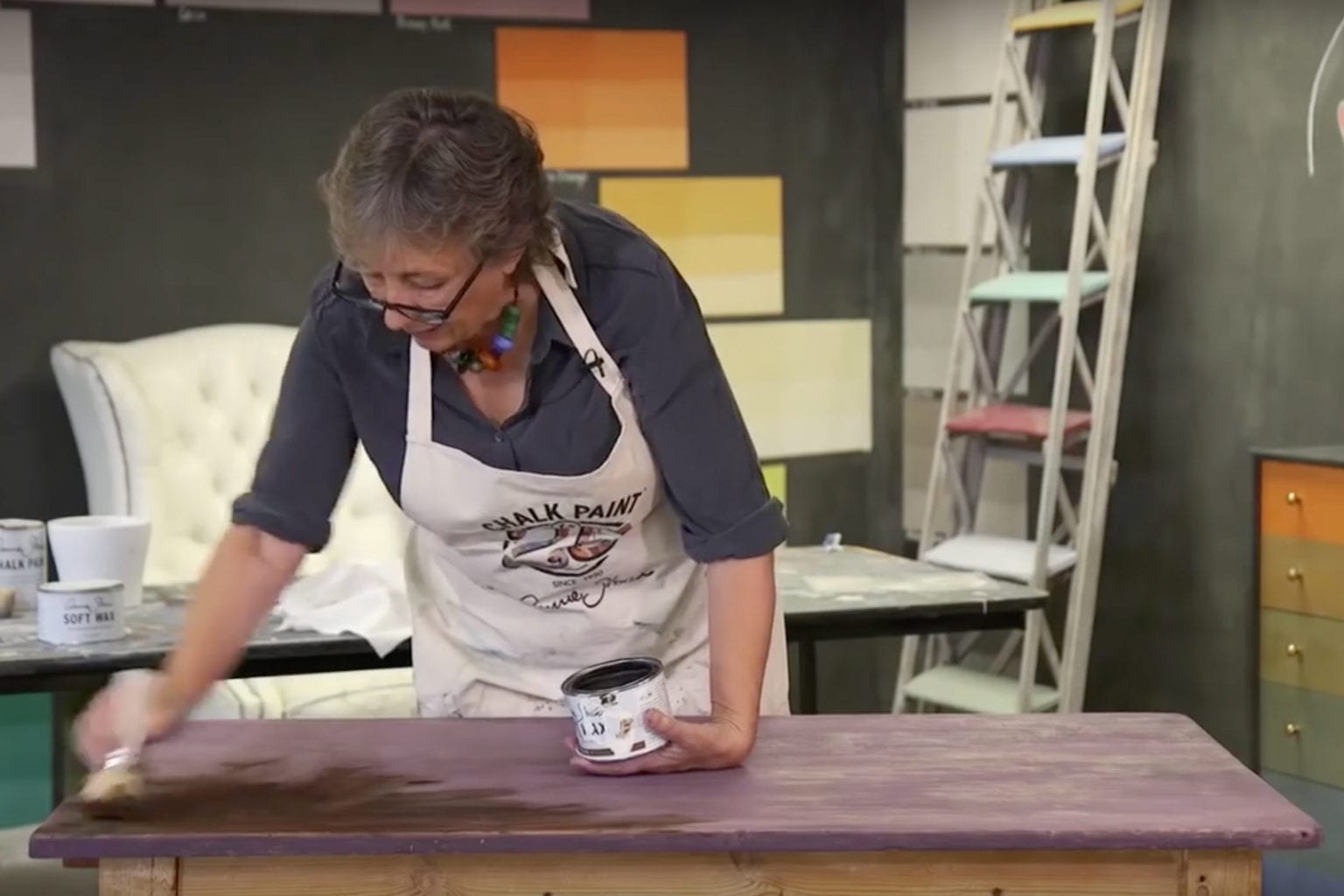
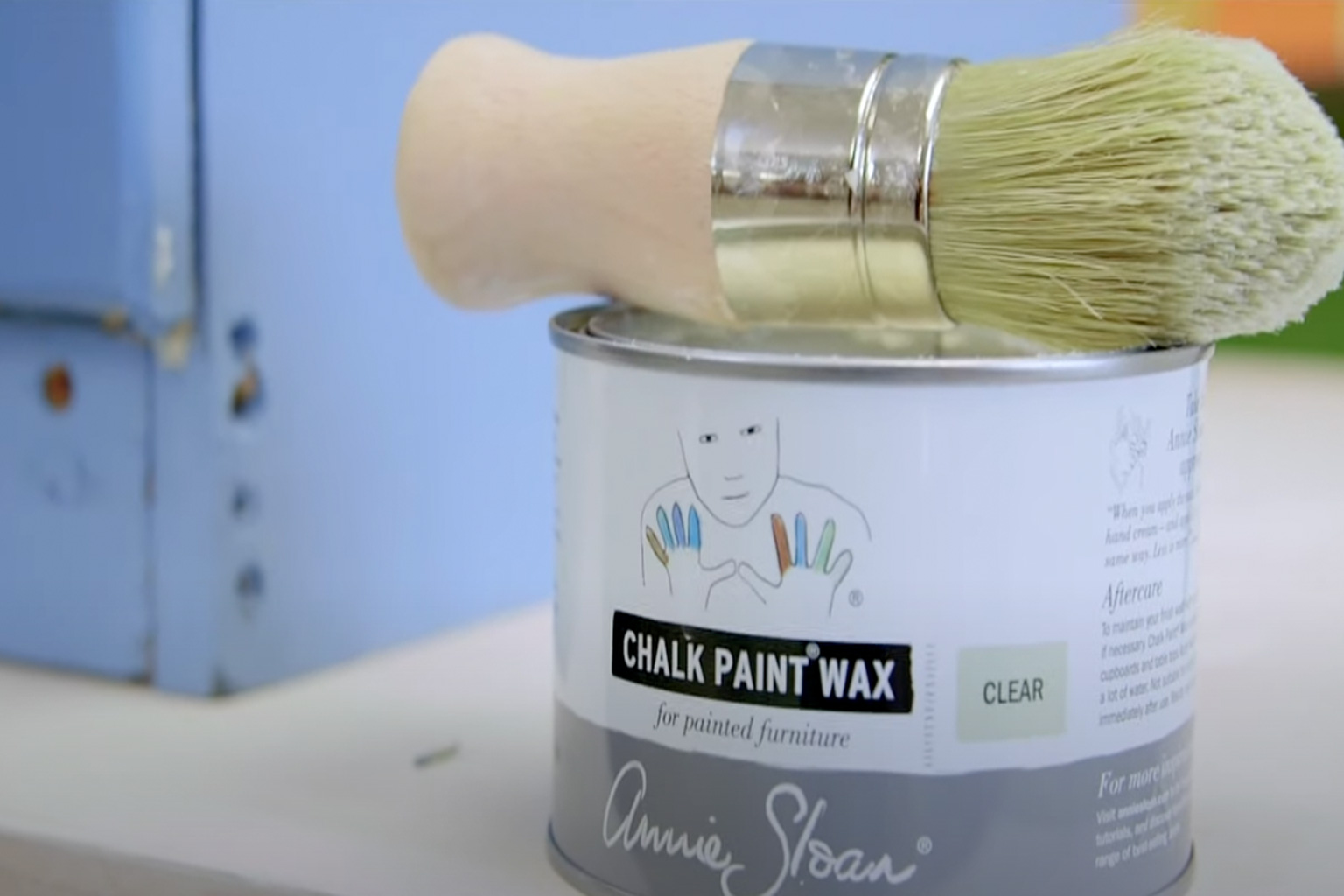








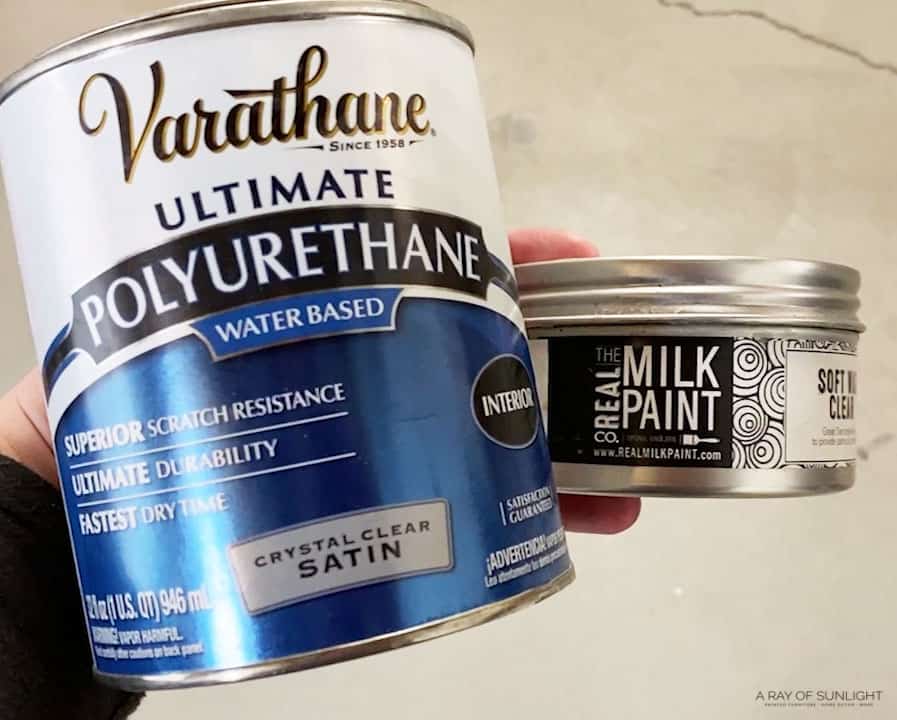












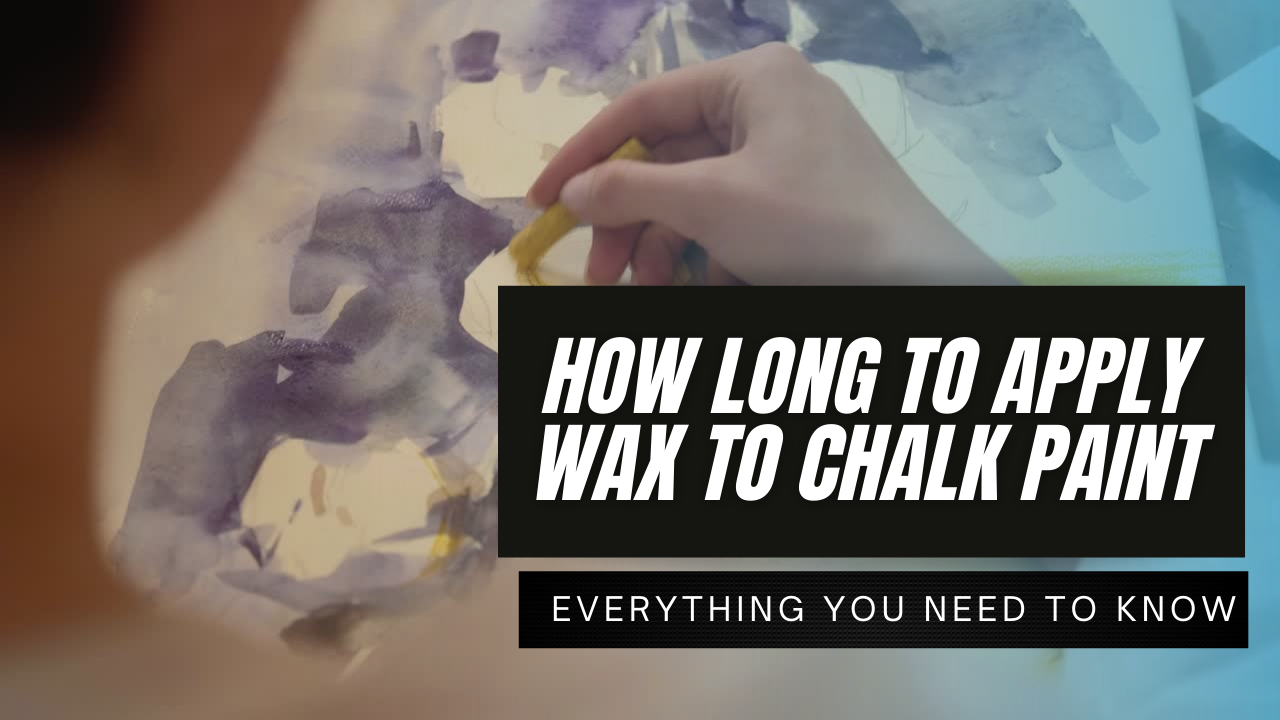








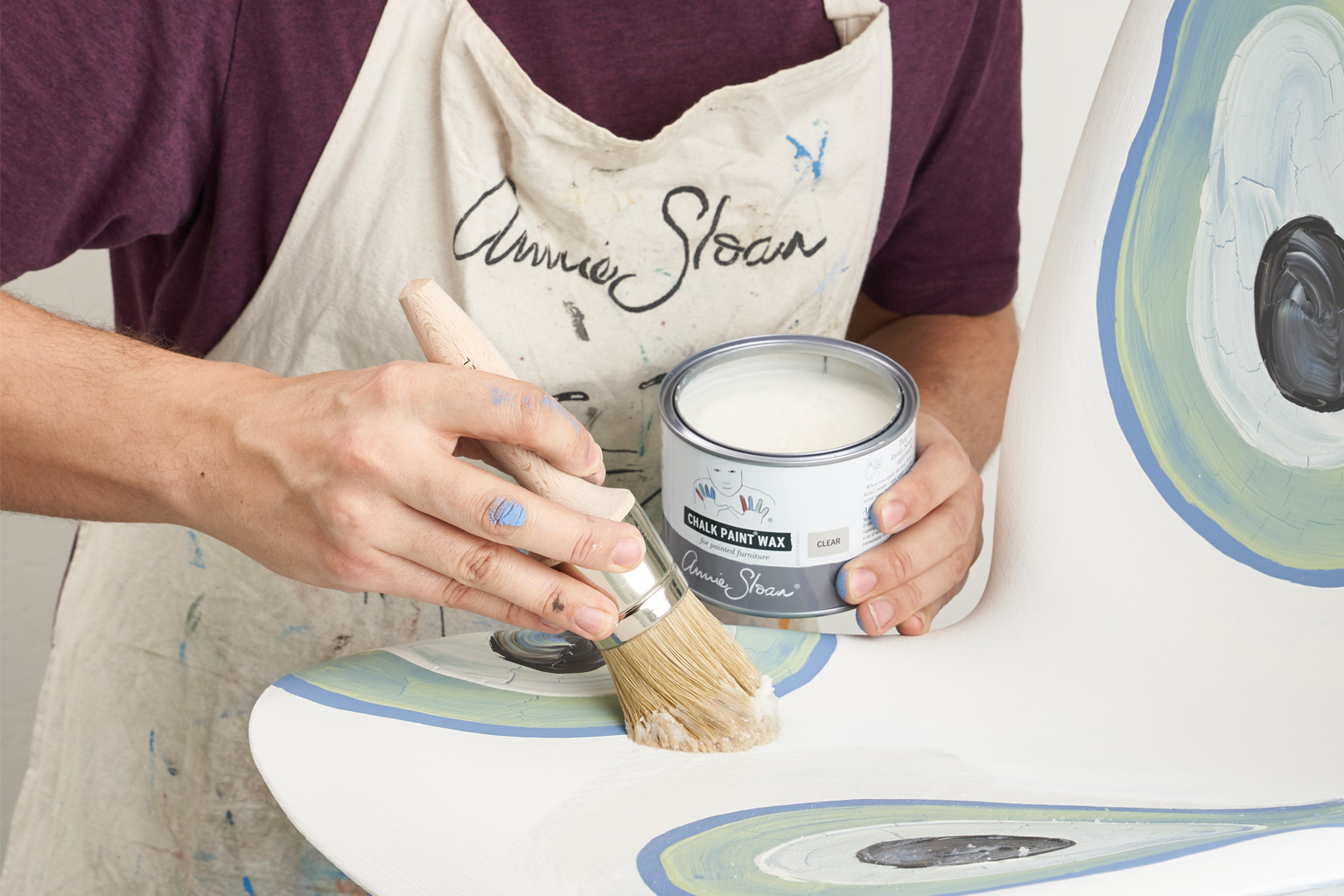
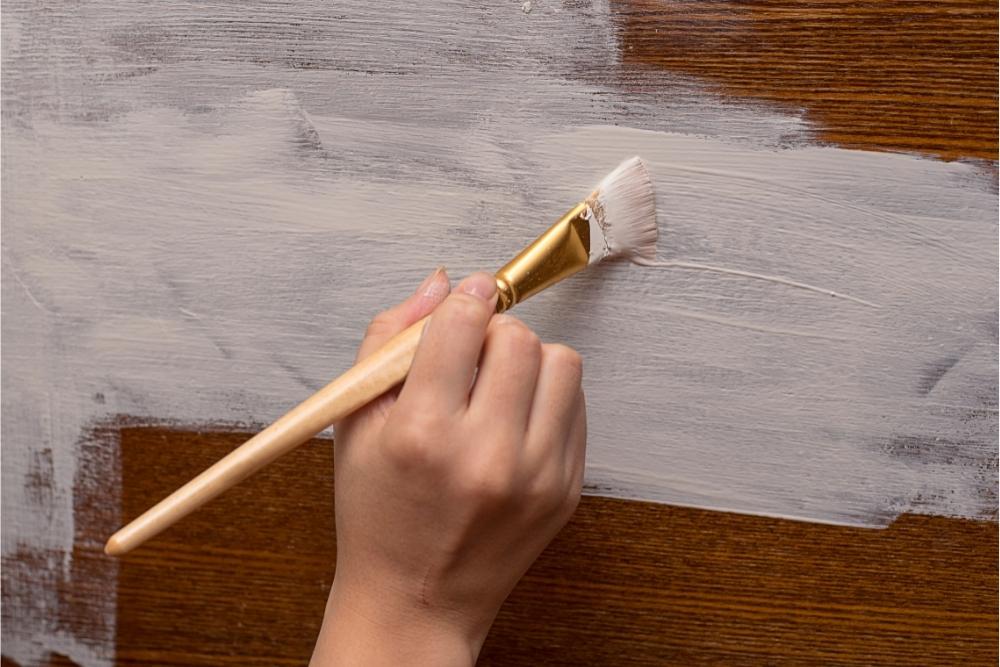










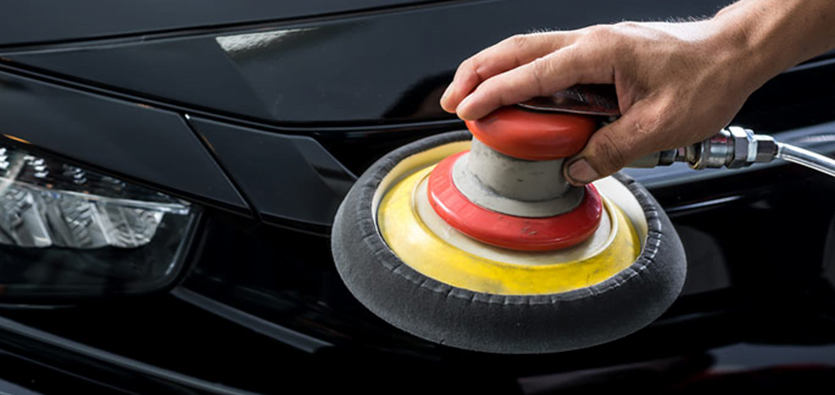

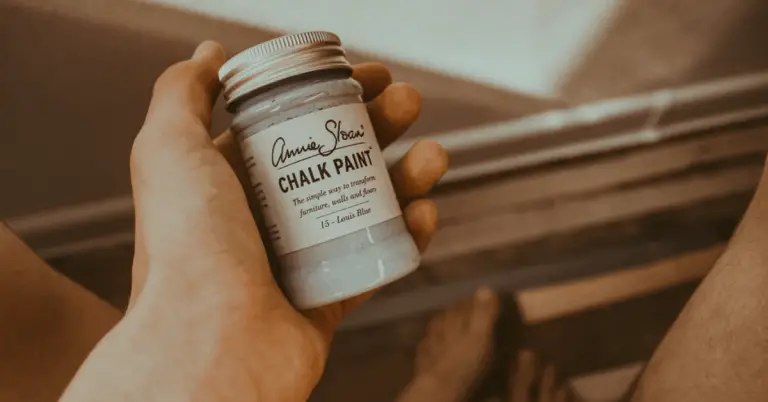

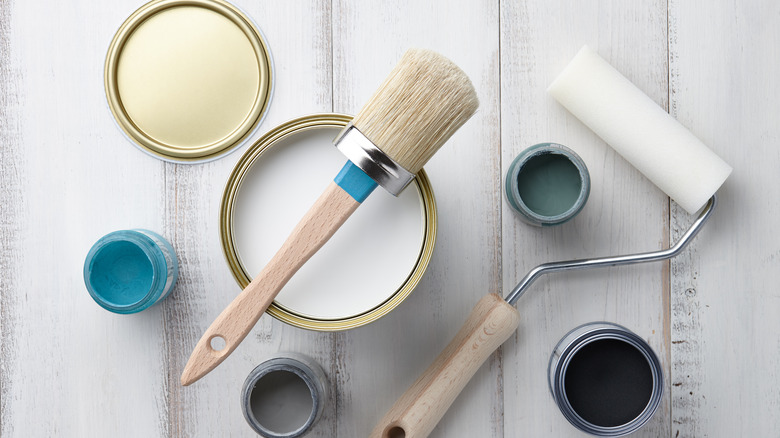






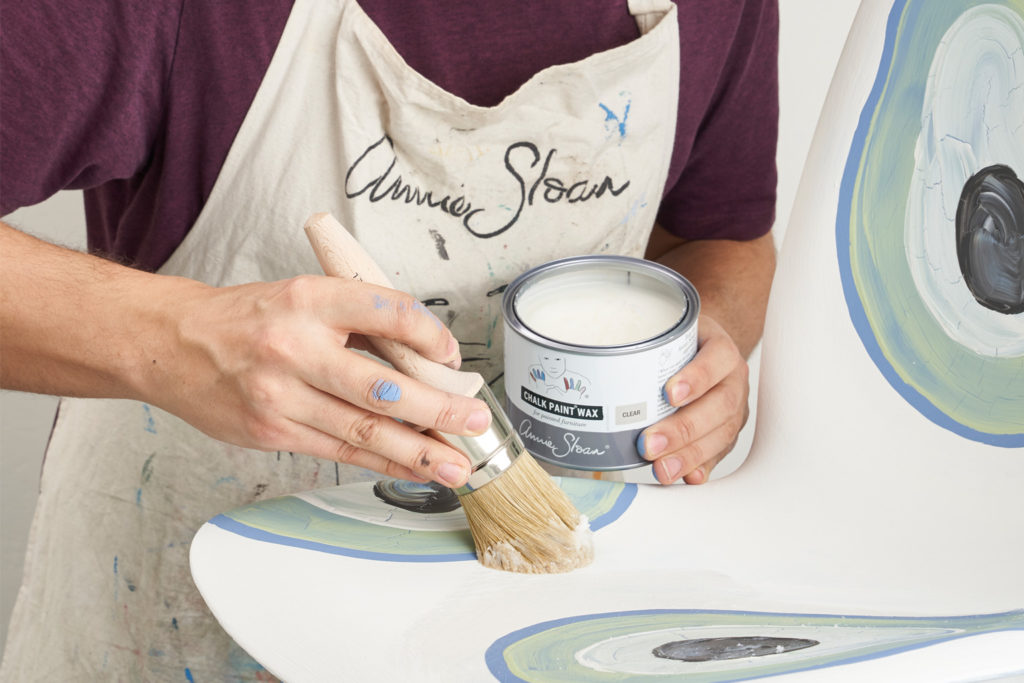












:max_bytes(150000):strip_icc()/_hero_4109254-feathertop-5c7d415346e0fb0001a5f085.jpg)

/arrange-furniture-awkward-living-room-5194365-hero-6738bbe71fea4187861db7ad9afbad44.jpg)

